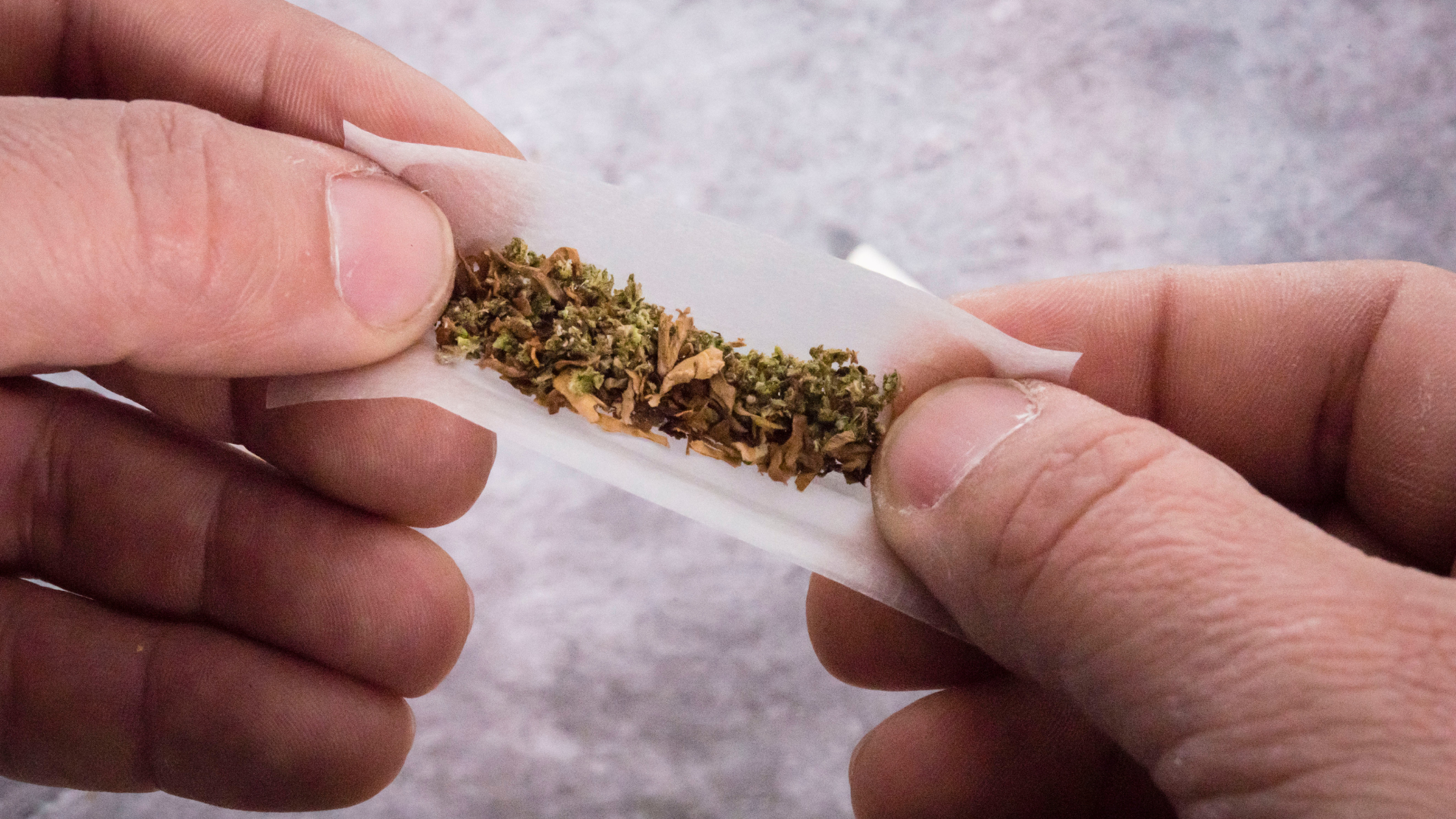The Big Apple has become the ‘Big Chill’ for construction workers caught up in drug addiction. Overdose deaths in New York in the construction sector have soared to unheard-of levels, and officials are taking action to stop the epidemic.
NYC construction workers lead occupational groups in overdose deaths
In late October 2023, following shocking survey results, New York City officials announced a plan to connect with construction workers to reduce drug overdose deaths.
New York’s Health and Buildings departments have implemented two methods to reduce OD-related deaths:
- Informing the city’s construction sector about the dangers associated with substance abuse.
- Providing construction workers with resources to prevent fatal overdoses.
Staff from both departments are visiting construction sites to talk about substance abuse and the dangers of street drugs.
According to data from the New York City Health Department, at least 269 construction workers died of an overdose in 2020—the most of any occupation considered in the analysis.
A separate 2018 analysis done by the Centers for Disease Control (CDC) came to similar conclusions: “Construction occupations had the highest proportional mortality rates for drug overdose deaths and for both heroin-related and prescription opioid-related deaths.”
Overdoses by the numbers
About 15% of US construction workers have a substance abuse disorder compared to 8.6% of the general population.
- 2% have an alcohol use disorder compared to 7.5% nationally
- 16.5% of construction workers report heavy alcohol consumption within the previous month
- 11.6% of construction workers reported illicit drug use within the previous month
- 14.3% of construction workers were diagnosed with a substance use disorder in the past year
- 2.3% have a marijuana use disorder
About 1.3% of construction workers have an opioid use disorder, almost twice the national average. And nearly 3 out of 4 injured construction workers were prescribed a narcotic for pain relief in 2016.
Opioids account for nearly 20% of the total spending on prescription drugs in the construction industry—higher than any other industry, according to a report published by CNA Financial.
But the statistics don’t improve from here.
- Construction workers are seven times more likely to die of an opioid overdose than workers in any other industry
- Construction workers have the highest percentage of heroin-related overdose deaths
- Construction workers represent roughly 25% of fatal opioid overdoses among workers in all industries
Changing construction culture
NYC politicians prompted publicity on drug overdoses in the industry, but it points to a larger issue in construction: a culture that celebrates hard work and a good work ethic but also where substance abuse (drugs, tobacco, alcohol) runs rampant.
A November 2020 study published in Drug Alcohol Review stated that one in six construction workers reported workmates being visibly affected by alcohol on the job. Prevalence for risky drinking in construction was higher than the national average, especially for workers 25 and under and for middle-aged workers 45 to 54.
The solution: Tailoring educational programs to at-risk age demographics can help increase awareness of risks to workplace safety. But it’s also on companies to adopt workplace norms that inhibit the social acceptability of risky behavior on the job.
Drug testing employees is a common practice in many companies to ensure employee safety. Instituting a drug testing policy could not only save a company from potential lawsuits resulting from workplace injuries, but it could also save lives.
An article published in OHS Online on drug testing in the workplace backs its implementation. A survey of companies with high workers’ compensation incidence rates reported a drop in those rates from 14% to 6% following the implementation of drug testing programs.
Getting rid of the stigma associated with mental health and addiction can also go a long way to improving outcomes for construction workers. But all of this must be done alongside enforcing “no alcohol and drugs” in the workplace.
Signs of drug or alcohol abuse in workers are generally not obvious. Whether you’re a CEO or someone at the bottom of the chain, know the signs—it could save a life.

